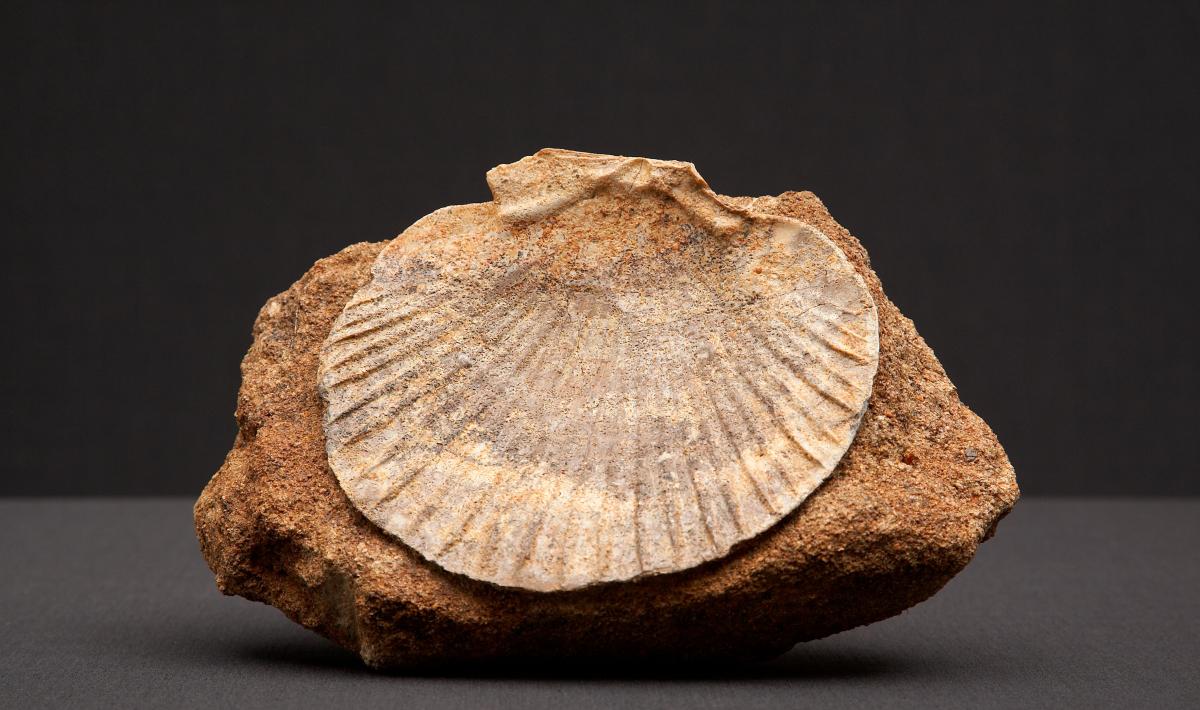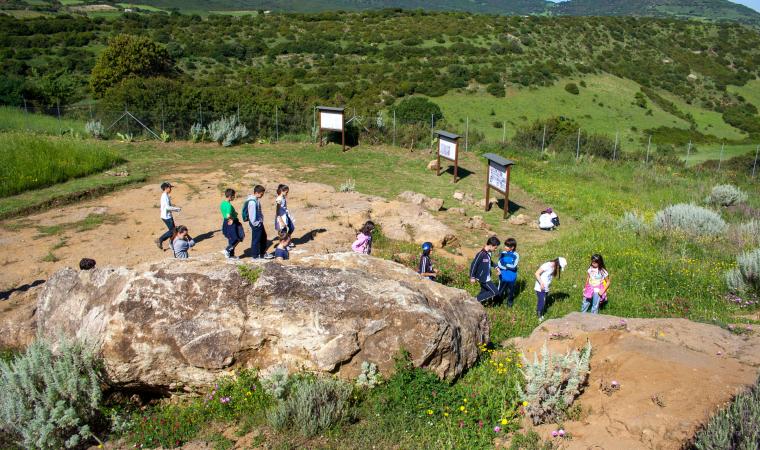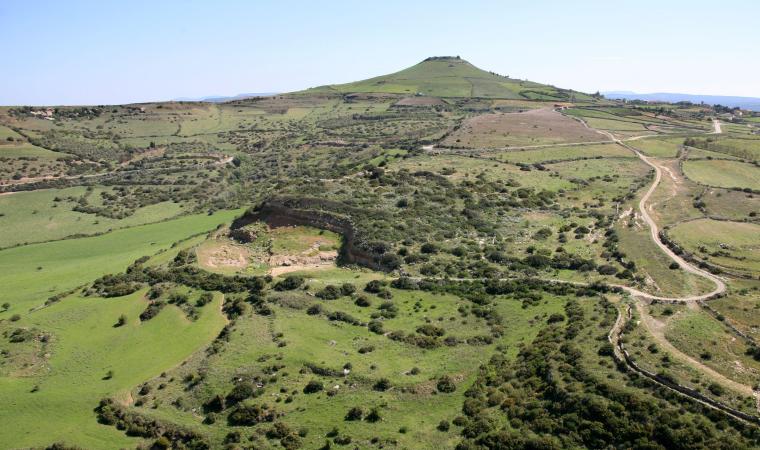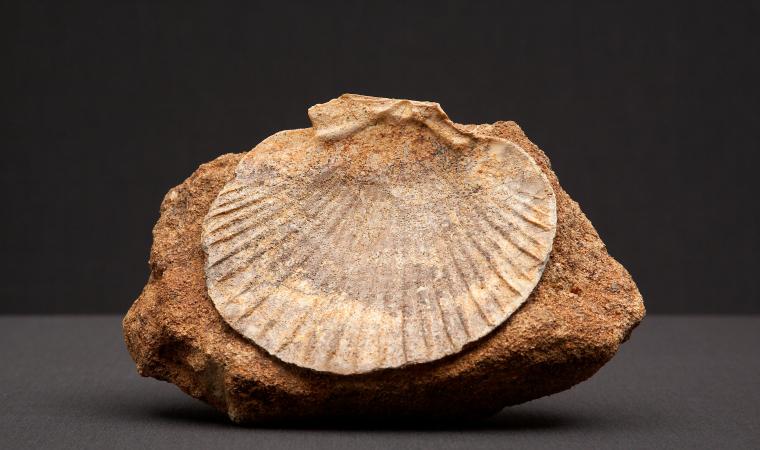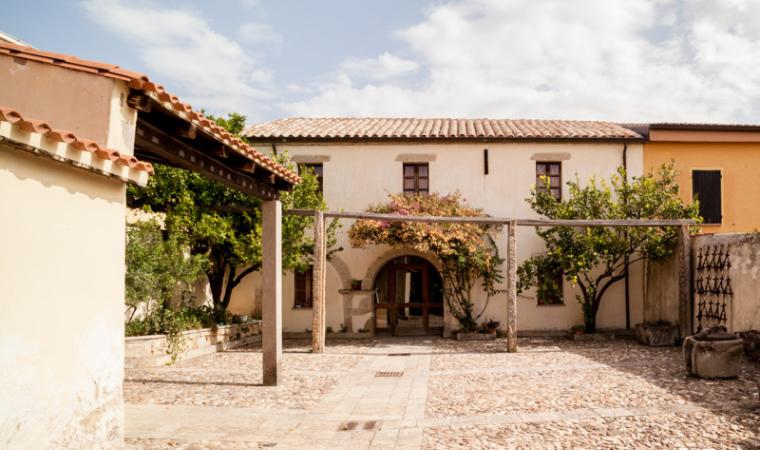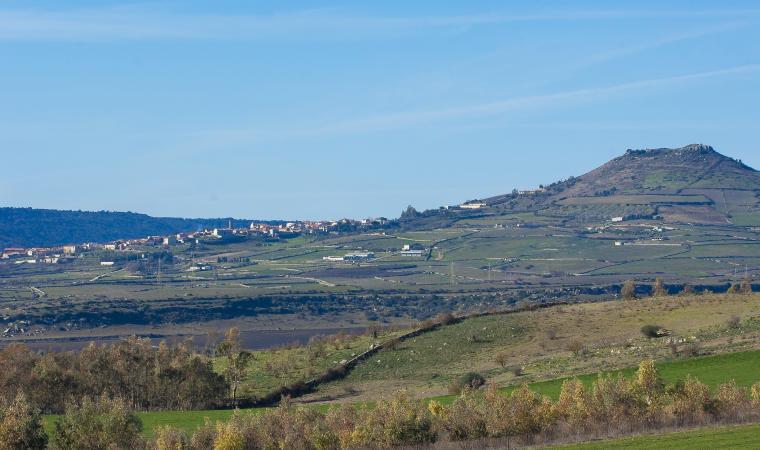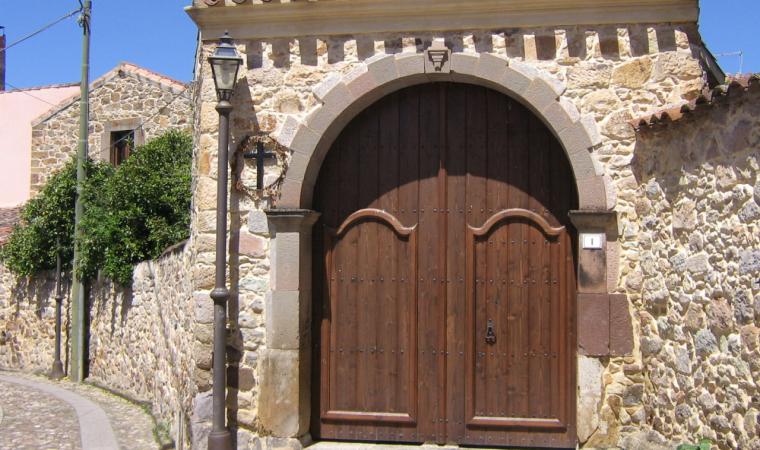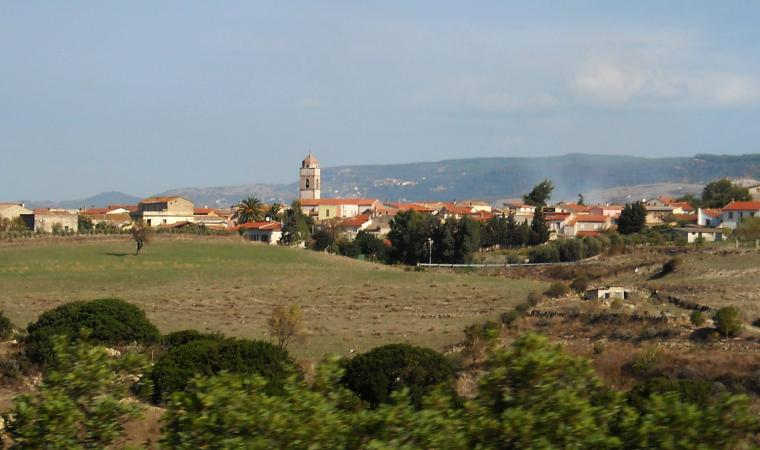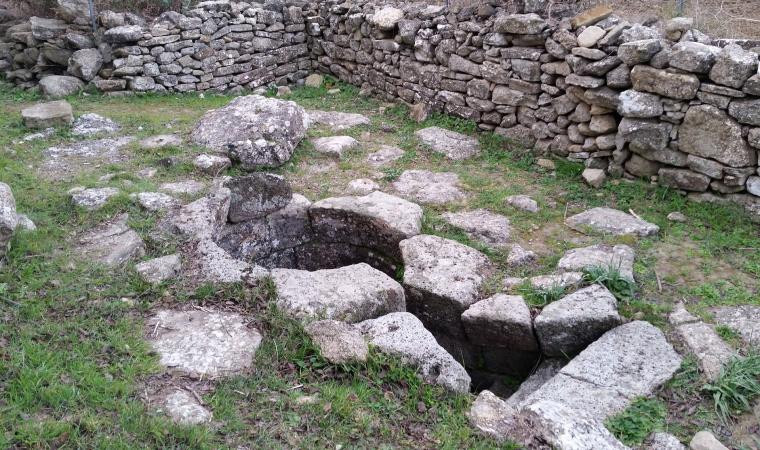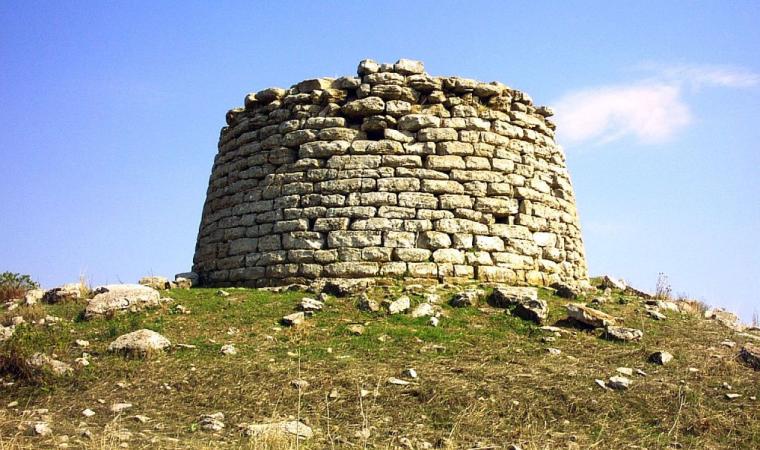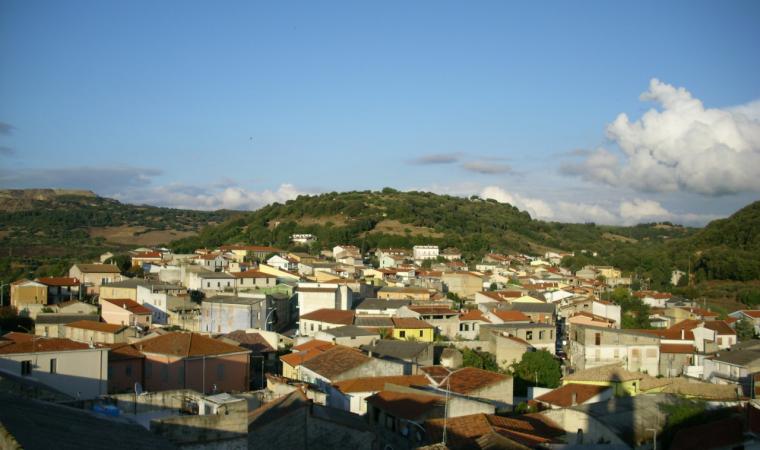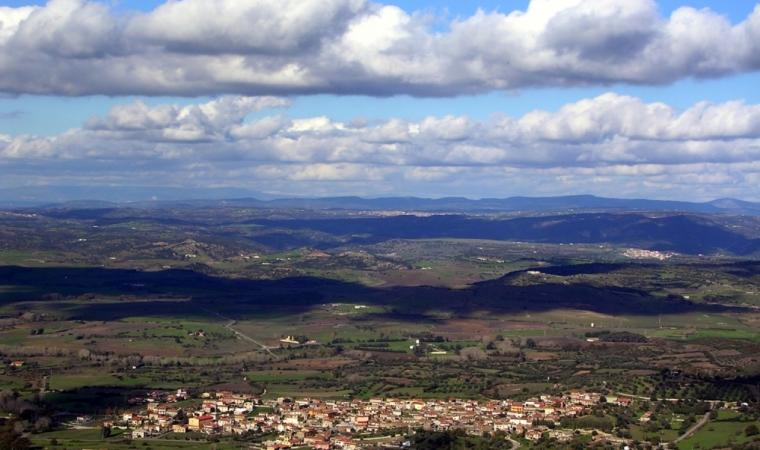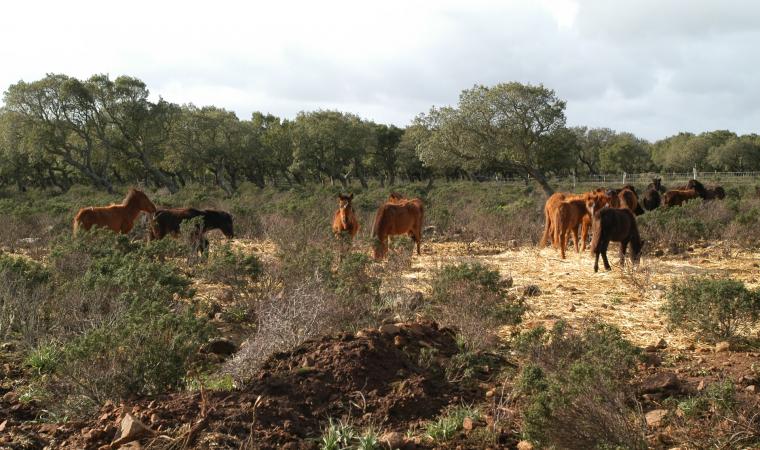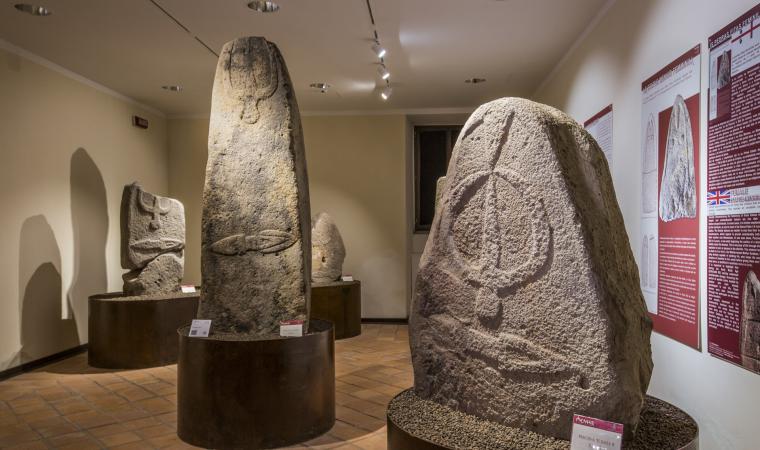An original and innovative exhibition that brings together history and science lets you assume the role of the palaeontologist and discover Sardinia’s deepest Nuragic well. The Paleo-Archeo centre of Genoni sits at the foot of Santu Antine hill, a hill on which traces of civilisations dating to from the Bronze to the Medieval Ages were discovered. The museum has three sections: paleontological, archaeological and educational.
The first section, palaeontology, was created for the exceptional finds uncovered at an old quarry in nearby Duidduru. The quarry is home to an extensive (50 metre-deep) outcrop of marine deposits dating to the Miocene, offering proof that the area was once under water. It contains the fossils of sea urchins, shells, coral and sea snails, as well as the remains of an extinct shark, the megalodon. A 250-million-year-old crinoid and a crocodile tooth are also on display at the museum.
The archaeological section houses relics found on Santu Antine hill: a model of the hill complete with a nuraghe and sacred well, Punic fortifications and a chapel that belonged to a medieval church dedicated to St. Elena and San Costanzo, in Sardinian Antine, whence the hill’s name. There is also a 1:1 scale diorama of the bottom of the well, which with a depth of 39 metres is Sardinia’s deepest. Nuragic bronze figures and relics (especially coins) from Roman times and the Middle Ages were found in the well.
The educational section of the museum features interactive displays for visitors to enjoy, especially the younger ones. There is material to simulate paleontological and archaeological excavations, multimedia installations and the scientific tools used to clean and preserve the relics found. The museum regularly hosts educational workshops and palaeontology and archaeology summer camps for schools and families. Your tour of the museum can include the exploration of the Duidduru geo-site. A path leads you up the slopes of Santu Antine, with an altitude of 590 metres, from which you can enjoy lovely views of Marmilla and the giara di Gesturi (sa Jara Manna), which for some 1,700 hectares falls within the domain of Genoni. Here you will find the remains of a Punic settlement superimposed on a Nuragic village, to which the well, a megalithic wall, a hut with perimeter seating and what might be a Nuragic complex once belonged. The fort was eventually encircled with a stone wall with four more towers, built around the 4th century BCE. In the Middle Ages, the base of the eastern tower was built up into a church.
A visit to the Paleo Archeo Centre is not complete without a walk around Giara park, home to the famous horses to whom another museum in Genoni is dedicated, this one located in a typical Campidanese house.

